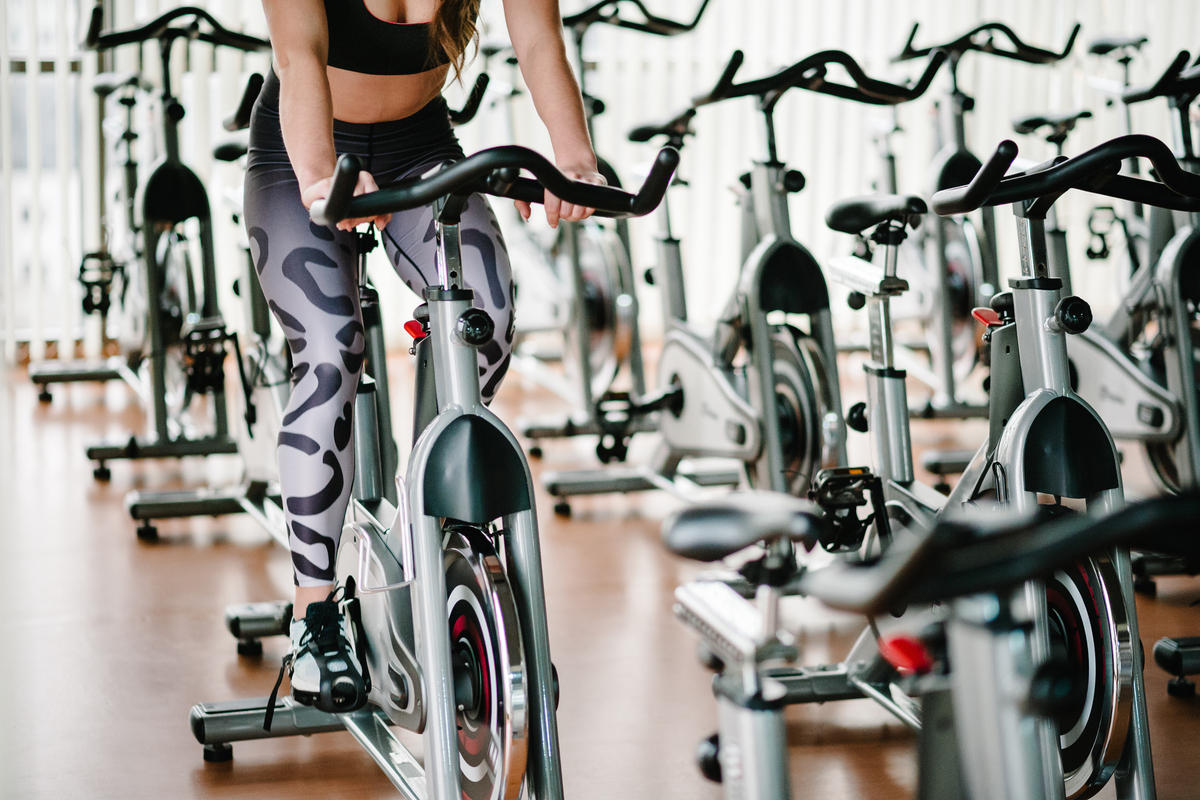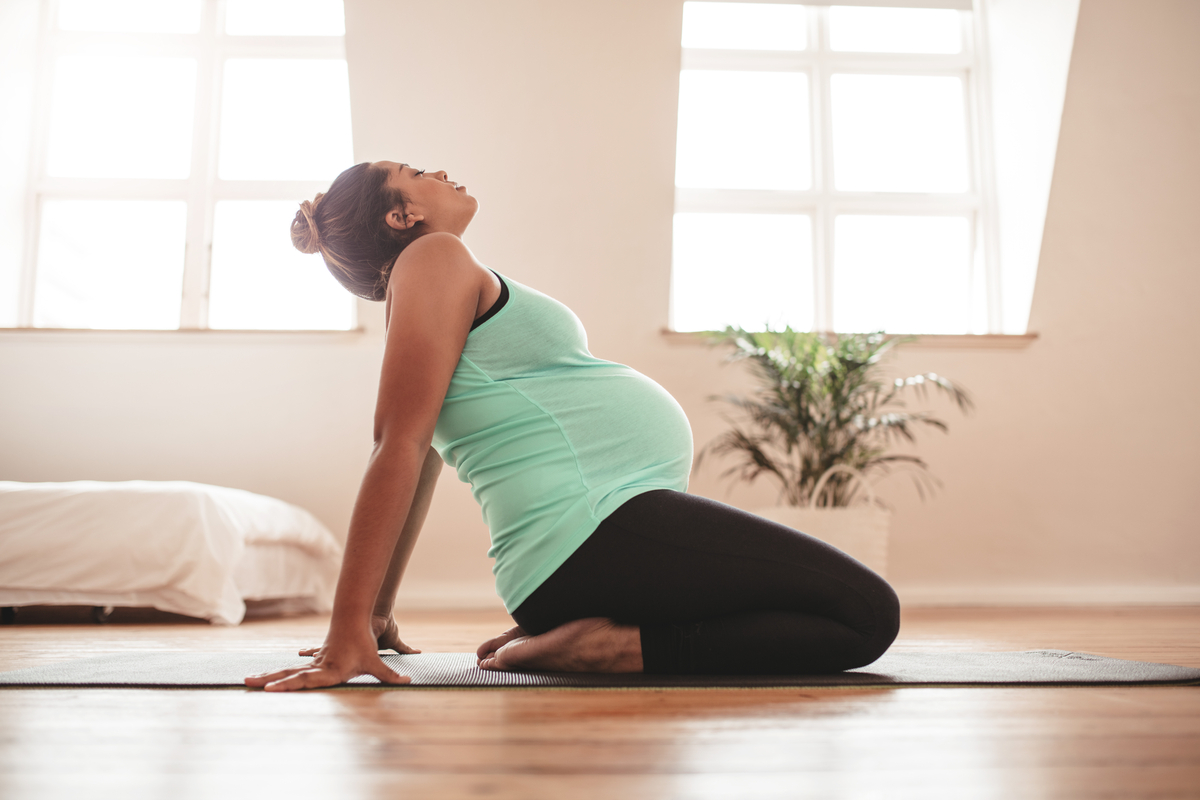If you’re taking fitness notes from Gigi Hadid and Demi Lovato (aren’t we all), then you’ve probably tried your fair share of boxing classes—or at least, considered signing up for one. Boxing, in particular, is a technical sport that requires some pre-workout research.
There’s a science to everything, including how you wrap your hands before hitting the ring. The best way to get started is to take advice from the pros, and that’s why we spoke with Carlos Moreno, 5-time international boxing champion, and owner of Moreno Boxing gym in London.
How to wrap boxing wraps
There are a million ways to do it but here’s the simplest one. To wrap your hands, loop the thumb and wrap behind the hand. Then wrap three times around the wrist, three times around the hand and three X’s through the fingers, around the thumb, three times around the knuckles and one last wrap around the wrist.
Keep it simple
If you were to Google “hand wrapping” (eek, we did!), you’d find a million different methods. Hand wrapping isn’t a one-size-fits-all skill, but it is vital to your safety in the ring. Moreno recommends taking a look at the methods available online, especially on YouTube, and seeing which method makes the most sense to you. He also suggests arriving at a boxing class 15 minutes early to get help from your boxing instructor. Once you become a wrapping pro, you can even wrap your hands at home or on your way to the gym to save time.
Don’t overwrap
There’s a reason you wear boxing gloves: They provide cushioning. Boxing wraps, on the other hand, shouldn’t be inches thick. Make sure you don’t go overboard when you start wrapping your hands—the wrap should be evenly divided between the wrists, knuckles and thumb joints. This doesn’t mean, however, that you need extremely long wraps. “These can be difficult to put on properly, they take a long time to wrap and can get undone during a class, it’s advised to use 120-180 inch wraps.”
Remember: Safety, safety, safety
Contrary to popular belief, hand wrapping doesn’t provide cushioning—at least if it’s done the right way. Hand wrapping provides protection for your hands, while the gloves provide cushioning. “The hands are rather fragile and have small bones called ‘metacarpals’ which can easily break with the pressure of throwing a punch,” Moreno says. Additionally, hand wraps protect your hands from germs—yes, the inside of a boxing glove is chock full of germs. “Your hands can sweat quite a bit during boxing training so you want to ensure the sweat is absorbed by your hand wraps and not the boxing gloves, especially if you are sharing gloves with other clients,” Moreno explains.





